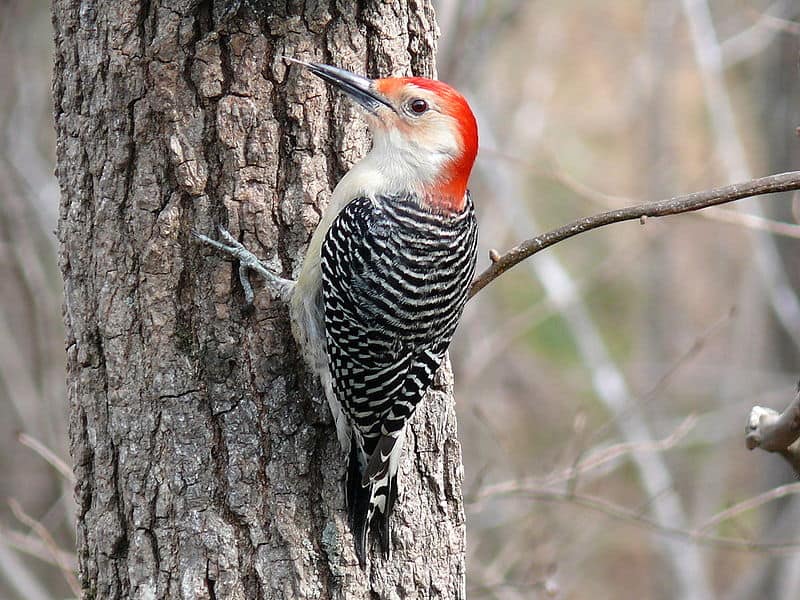A fast-flying, small (14 inches long) duck, the blue-winged teal shows the blue shoulder patch for which it is named only when the wings are extended. They fly in tight flocks and seem to be wary as they pass repeatedly over a body of water before landing.
However, they are not as skittish as other ducks when approached by humans, perhaps because they know they can explode off the water and straight into the air in seconds.
Males have a blue-gray head and a distinctive white face crescent and hip patch, making them easy to identify even from a distance. Females are a warm, gray-brown overall with a slight echo of the males’ white face crescent. Identifying them is made somewhat easier by the fact that blue-winged teal pairs form in early winter and stay together through spring migration.
Listen for
Blue-winged teal males utter a high, peeping whistle. Females give a froglike querk.
Find it
Blue-winged teal breed throughout the northeastern, central, and western United States, but bird watchers in the southeastern states are most likely to see them during spring and fall migration and in winter.
Most blue-winged teal spend the winter south of the United States, as far as South America. They are considered fair-weather ducks by many bird watchers because they stay far to the south until spring is in full force.
Perhaps it is their later spring arrival and their earlier fall departure that has earned them the nicknames “summer teal” and “August teal.” Their preferred habitats—at all seasons—are shallow, freshwater marshes and ponds.
Feed it
Teal feed on seeds and plant matter gleaned from the water’s surface or by swimming with their heads submerged to find snails, aquatic insects, and crustaceans. Unlike other dabbling ducks, blue-wingeds do not “tip up” to feed on submerged vegetation.
Nesting Behavior
Like many other ducks, blue-winged teal nest on the ground in a spot concealed by thick vegetation. The female builds a shallow, basket- shaped nest out of dried grasses lined with her down.
A clutch of nine or more eggs is laid and incubated by the hen for slightly more than three weeks. Teal ducklings leave the nest almost immediately and are able to feed themselves right away, but it will be six weeks before they are fully flighted.




